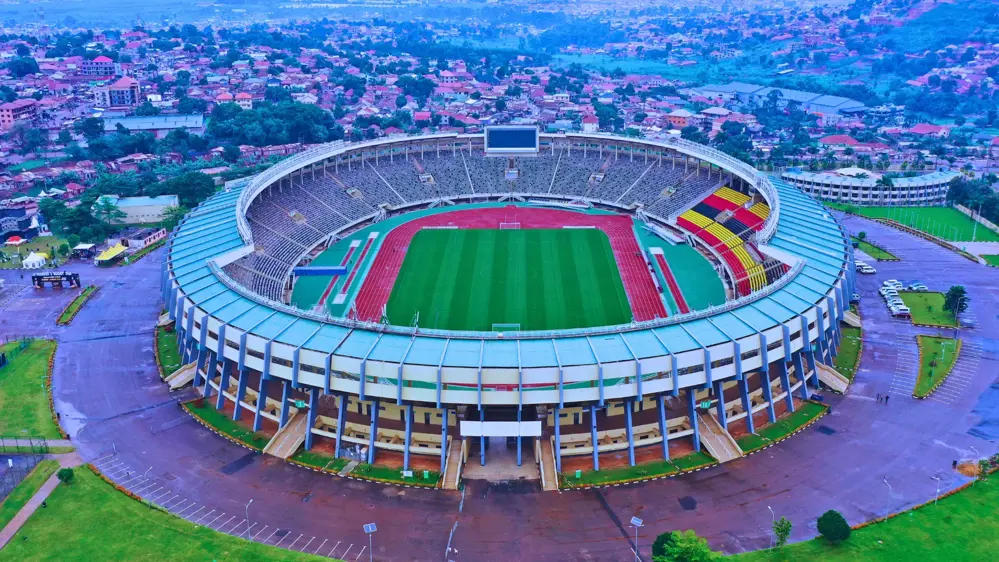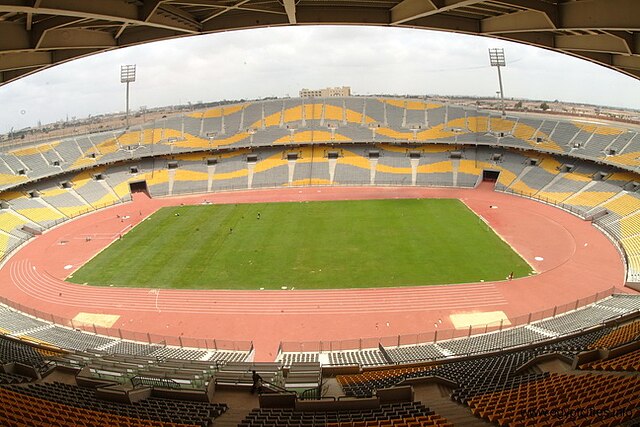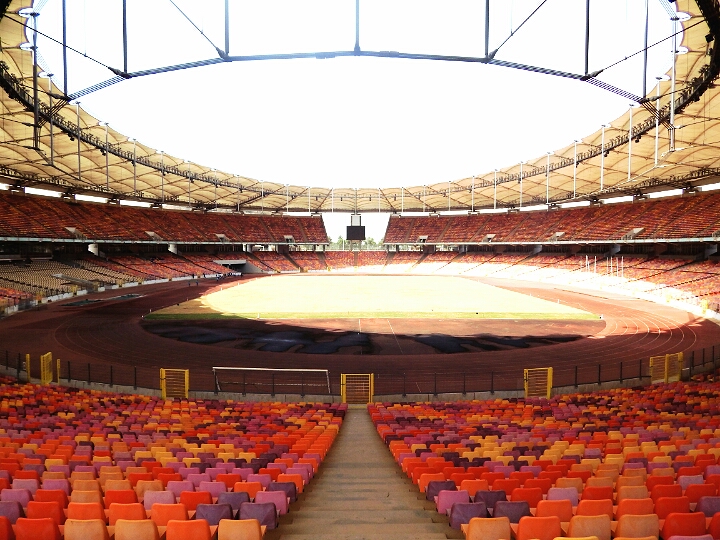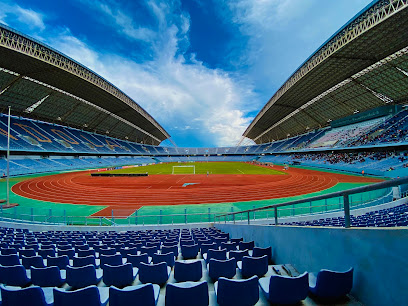Inside Santiago Bernabéu Stadium, Madrid, Spain: Design And Construction
Welcome to the iconic Santiago Bernabéu Stadium, home of Real Madrid and one of the most impressive stadiums in Europe. This stadium has been a hub for football lovers from around the world since its construction in 1947. Not only is it an architectural masterpiece, but it’s also rich in history and has seen some of the best football matches ever played. In this blog post, we’ll take a closer look at the design and construction of this magnificent stadium, explore its interior features, delve into its remarkable history, and provide you with parking options when visiting. So sit back and join us on this exciting journey inside Santiago Bernabéu Stadium!
Santiago Bernabéu Stadium – Design
The design of Santiago Bernabéu Stadium was the brainchild of Spanish architect, Manuel Muñoz Monasterio. The project began in 1944 and took three years to complete. Monasterio’s vision was to create a state-of-the-art stadium that could accommodate up to 75,000 spectators.
One of the most distinctive features of the stadium is its façade. The front entrance is adorned with four large concrete towers that support a metal roof structure. This adds an element of grandeur and sophistication, making it stand out among other stadiums around the world.
Another notable feature is its elliptical shape, which provides excellent views from every angle inside the stadium without any obstructions or blind spots. In addition to this, there are no columns obstructing views thanks to reinforced concrete rings built into the structure.
The pitch dimensions were also carefully considered during construction with exact measurements taken for optimal playing conditions for football matches and other events held at the venue.
These design elements come together beautifully creating a masterpiece that continues to captivate visitors over seven decades after its completion.
Santiago Bernabéu Stadium – Construction
The construction of Santiago Bernabéu Stadium started in 1944 and took three years to complete. The stadium was designed by architect Manuel Muñoz Monasterio, who created a unique oval shape for the stadium.
During its construction, the stadium faced numerous challenges due to limited resources and labor shortages caused by World War II. However, despite these setbacks, the stadium was completed on time and became one of Madrid’s most iconic landmarks.
One of the most impressive features of Santiago Bernabéu Stadium is its concrete structure which gives it a sturdy foundation that has stood up well against earthquakes over the decades since its completion.
To accommodate fans from around Spain and beyond, this modern marvel can hold more than 80 thousand spectators comfortably seated with an additional standing capacity at some games.
Santiago Bernabéu Stadium stands as a testament to human ingenuity in building structures that can both entertain people while serving as symbols of national pride.
see also The Most Iconic and Stupendous Football Arenas on Earth
Santiago Bernabéu Stadium – Interior
The interior of Santiago Bernabéu Stadium is a breathtaking sight for any football fan. The stadium can hold up to 81,044 spectators and features four levels of seating, including premium seats with access to exclusive lounges.
One of the most impressive features of the stadium’s interior is its state-of-the-art multimedia system. With over 1,000 screens throughout the stadium, fans are provided with an immersive experience that captures every moment on and off the pitch.
Additionally, visitors can explore multiple museum areas inside the stadium where they can learn about Real Madrid’s history and achievements, view trophies won by the team, and even take photos with life-size replicas of some famous players.
The VIP area located at level three offers a luxurious setting for corporate events or private gatherings while enjoying great views from luxury boxes overlooking the pitch.
Whether you’re a die-hard Real Madrid fan or just visiting for an event or tour, Santiago Bernabéu Stadium’s interiors offer nothing less than world-class facilities that make it one of Spain’s best stadiums to visit.
History
The Santiago Bernabéu Stadium has a rich and storied history dating back over 70 years. The stadium was first opened in 1947, with an initial seating capacity of just over 75,000 spectators. It was named after the Real Madrid president at that time, Santiago Bernabéu.
Over the years, the stadium has undergone several renovations to increase its capacity and modernize its facilities. One of the most significant renovations took place between 1982 and 1984 when a new stand was added to increase seating capacity to over 100,000.
Throughout its history, the stadium has played host to countless football matches including multiple UEFA Champions League finals as well as games for both national and international teams.
In addition to football matches, the Santiago Bernabéu Stadium has also hosted numerous concerts from famous artists such as Michael Jackson, U2 and Beyoncé.
The Santiago Bernabéu Stadium stands today as an iconic symbol not only of Real Madrid but also of Spanish sports culture. Its rich history is a testament to its enduring popularity among fans around the world.
Parking Options
If you plan on driving to the Santiago Bernabéu Stadium, there are various parking options available nearby. The stadium itself has an underground parking garage with spaces for around 500 cars. However, these can fill up quickly on match days and events.
Alternatively, there are several public car parks in the vicinity of the stadium that offer ample space for vehicles. Some notable ones include Parking Plaza Castilla and Parking Moda Shopping.
Another option is to use public transportation such as buses or metro lines which provide easy access to the stadium without worrying about finding a parking spot.
In summary, whether you choose to drive or take alternative modes of transportation, visiting Santiago Bernabéu Stadium is a must-do experience when travelling to Madrid. Its stunning design, rich history and state-of-the-art facilities make it one of Europe’s premier sporting venues.





